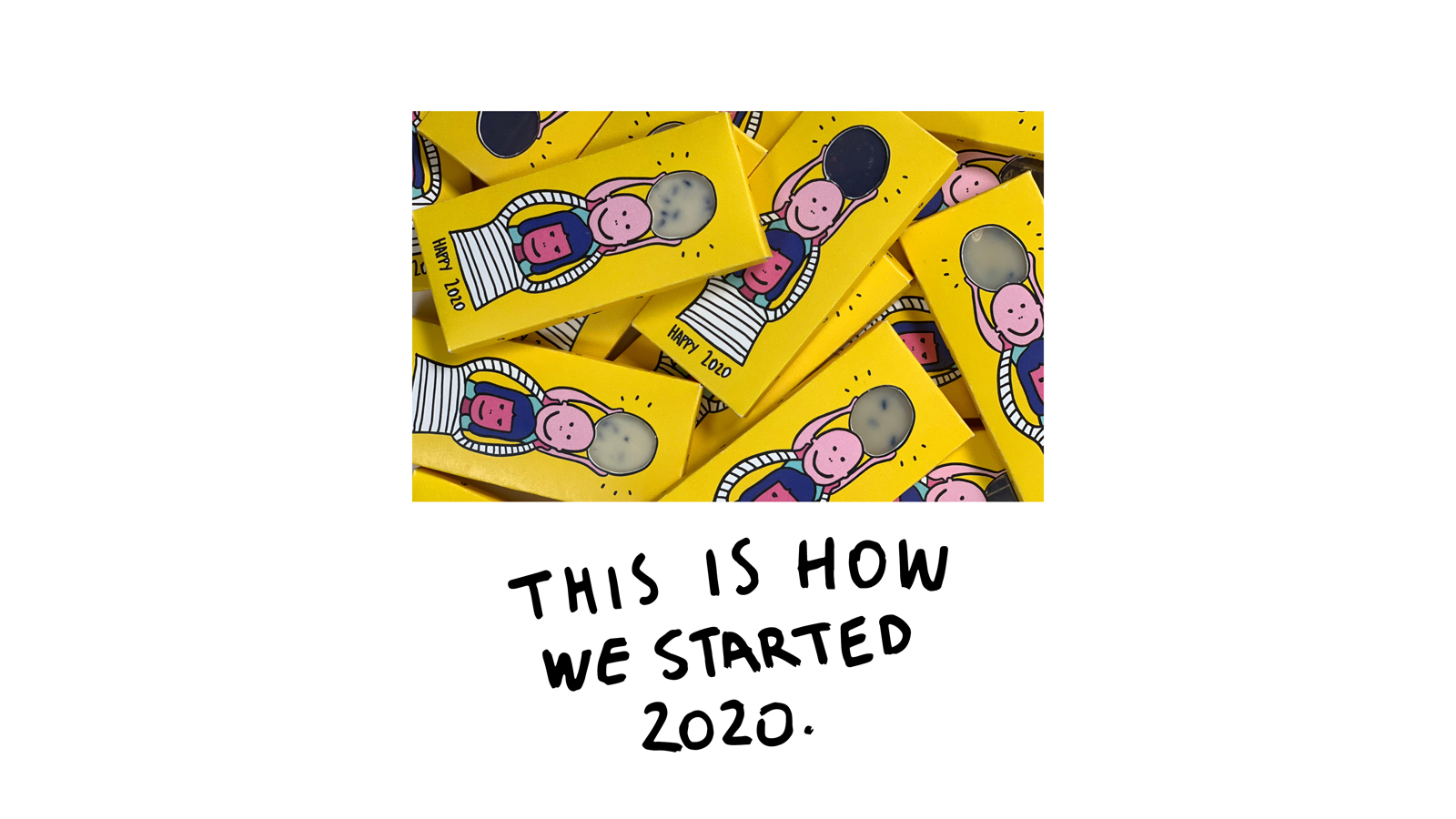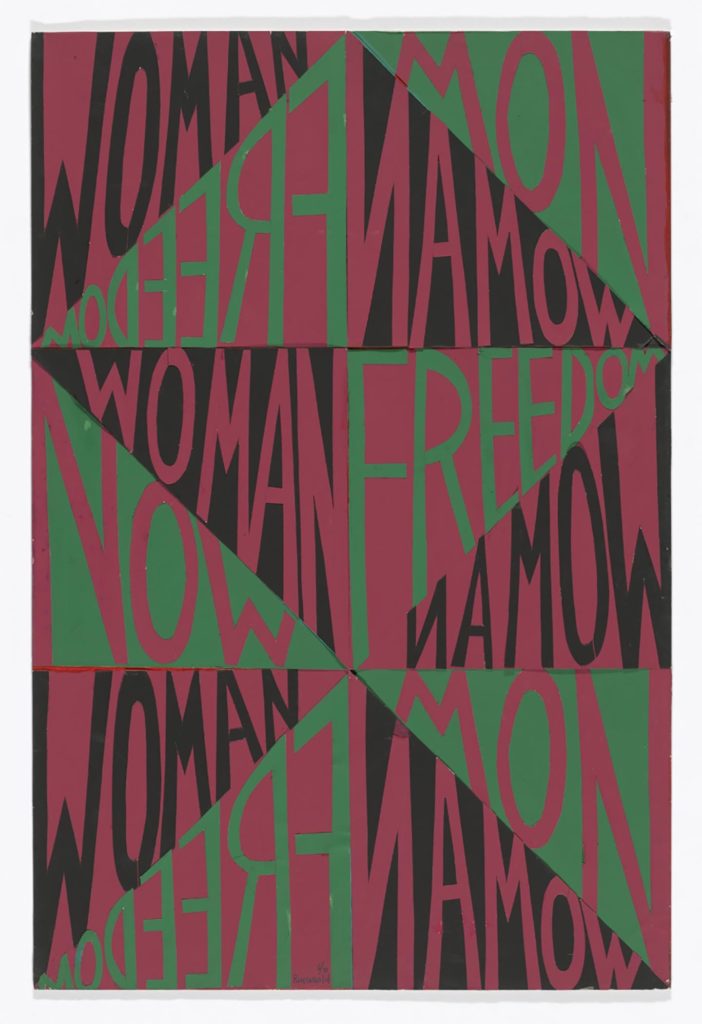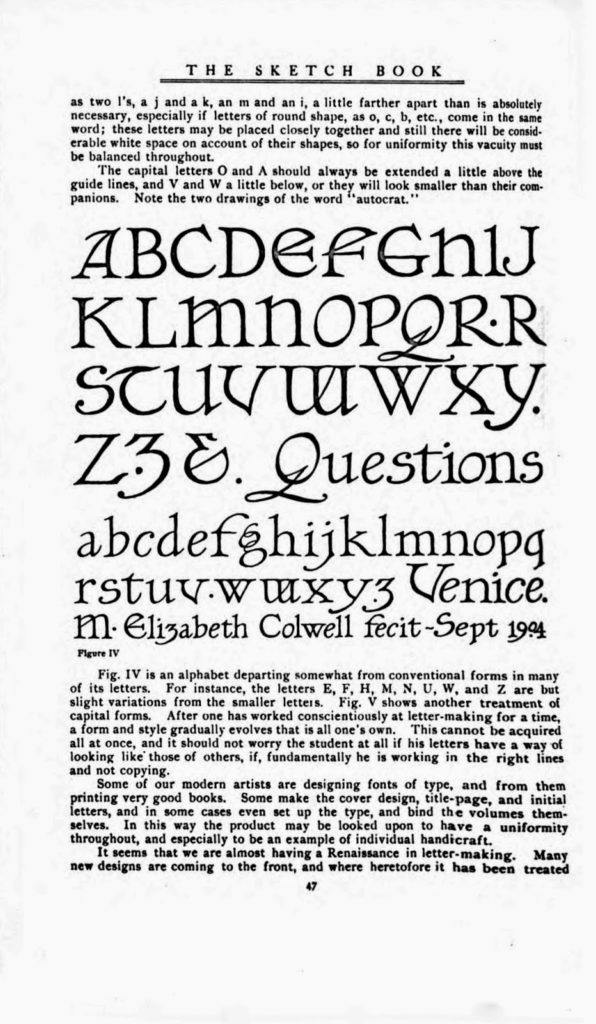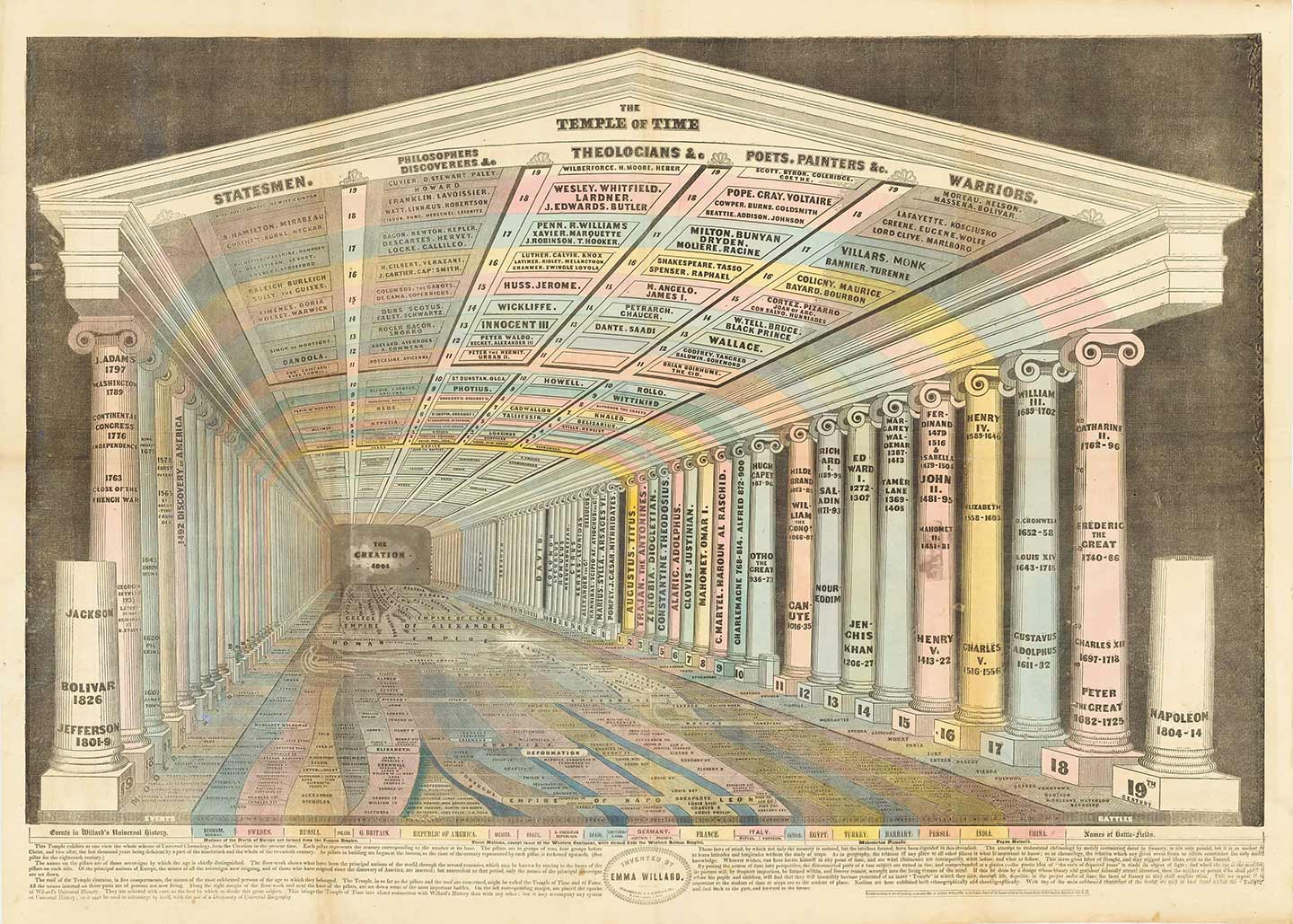
What can we do if we are stuck at home 24/7 besides swallowing Cheetos in bed? The answer started with painting each other’s toenails in multiple colors but it was only funny once. Cheetos weren’t appetizing anymore thanks to my sudden all-day-long-sickness. Yay pregnancy! For four months, I could either eat blend pasta or sweets. So, with my best friend and partner, Kári, we baked to put a smile on my puky face after drooling on the Great British Baking Show. Continue reading
Author Archives → Dina Benbrahim
Part 4: What does a feminist graphic design history in the United States look like?
This is the last part of the series, “What does a feminist graphic design history in the United States look like? Read Part 3 here, Part 2 here and Part 1 here.
Because the assumption of universal and pseudo-neutral design is ultimately blind to nuances, visual alternatives emerged from countercultures. During the second wave feminism movement in particular, feminist design aimed to engage and connect in an experimental, interdisciplinary, participatory, non-hierarchical and non-authoritarian way, which broke the principles of the existing male value-constructs of “good” design. It is exciting to think of how design could be more egalitarian by discovering these alternative universes with those who were left out of design history.
Modern Typography

Faith Ringgold, Woman Freedom Now, 1971, Accessed March 21, 2020: https://www.moma.org/collection/works/202866
Part 3: What does a feminist graphic design history in the United States look like?
This is Part 3 of the series, “What does a feminist graphic design history in the United States look like? Read Part 2 here and Part 1 here.
Early moderns from design reform to new typography created and followed rigid guidelines to define “good” design. When researching women in typography, I found that Elizabeth Friedlander is considered one of the first women to design a typeface, Elizabeth Roman and Italic, commissioned by the Bauer Type Foundry in multiple weights in 1927. In addition, she produced multiple geometric patterned prints and covers for Penguin Books inspired from nature. Just like Friedlander, more women have had their work obscured to put forward those who followed the sacred words of Tschichold.
Proto-modernism

Elizabeth Colwell, Notes on Hand-lettering, September 1904, Accessed March 14, 2020: http://alphabettenthletter.blogspot.com/2016/03/creator-elizabeth-colwell.html
Part 2: What does a feminist graphic design history in the United States look like?
This is Part 2 of the series, “What does a feminist graphic design history in the United States look like?” Read Part 1 here.
In the 19th and early 20th centuries, technological advancements helped information spread fast and far. The industrial revolution led to the creation of mass media as well as romantic and revolutionary outcomes. The mechanization of print culture facilitated the geographical spread of belief systems and information as well as offered the possibility to critique, question and reject established models of society to serve women’s rights.
Information Design

Emma Willard, Temple of Time, 1846. Accessed March 8, 2020: https://bostonraremaps.com/inventory/emma-willard-temple-of-time-1846
What does a feminist graphic design history in the United States look like?
Why are women’s contributions to society systematically overlooked and obscured? Design is no exception to the rule. There is a disturbing lack of literature on women’s impact in the history of graphic design. During this year’s Women’s History Month, I will share a curated collection of twelve artifacts, from the fifteenth century through the twentieth century, that offer, from a feminist perspective, a counter visual story to the traditional white male and widely received narrative in graphic design history. Before diving into contextualizing this work, I want to briefly explain my position and how I came to focus my research on illuminating female narratives.
As individuals, we are all irradiating complex systems defined by society along with our nuanced multilayered identities. When I walk into a room, at the most superficial level, one can read that I am a woman. I am light skinned. I have tattoos. When I start talking, my French accent suggests that I am from another country than the United States. I am indeed from Morocco and I am Arab. Living in Morocco was violent in many ways. My gender was enough to be constantly harassed since I was a teen, judged on every single thing I did and ultimately made me feel like an outsider every day. I came across the word feminism in high school. It made me feel somewhat normal that my mindset was not unique. But I did not understand the divide within feminism at that time until very recently. I just knew I did not want to be subject to anything or anyone. Freedom (from patriarchy) has always been a fight to be my own person and fulfill my own purpose. As a result, my work will always have a feminist point of view.
Continue reading